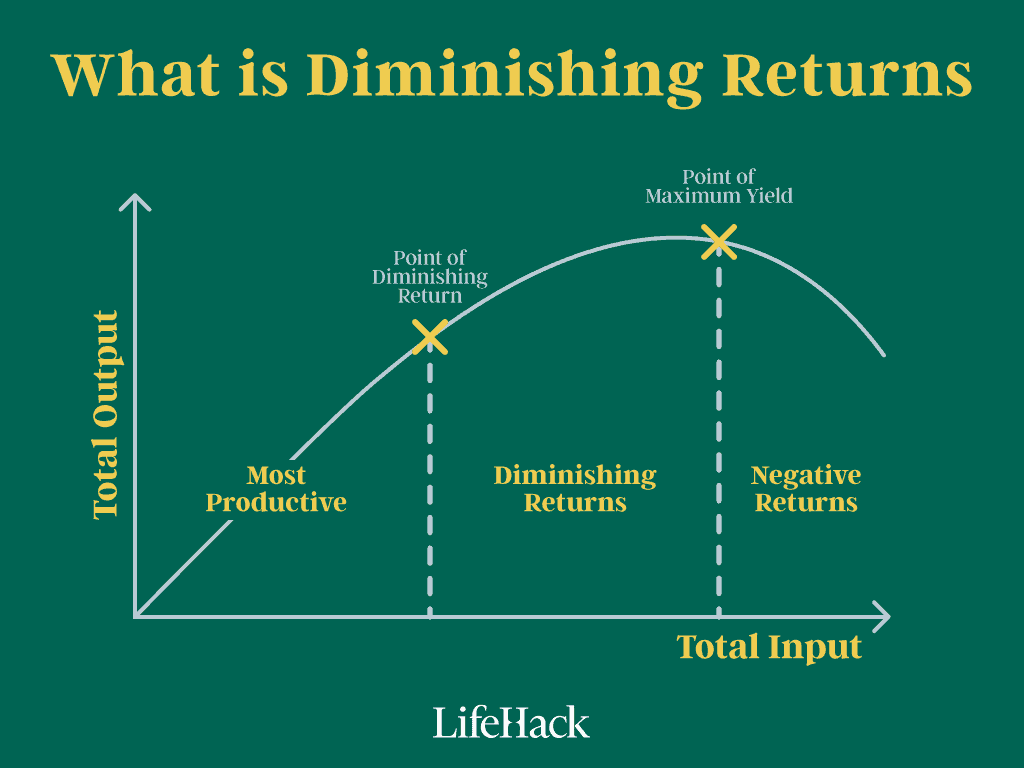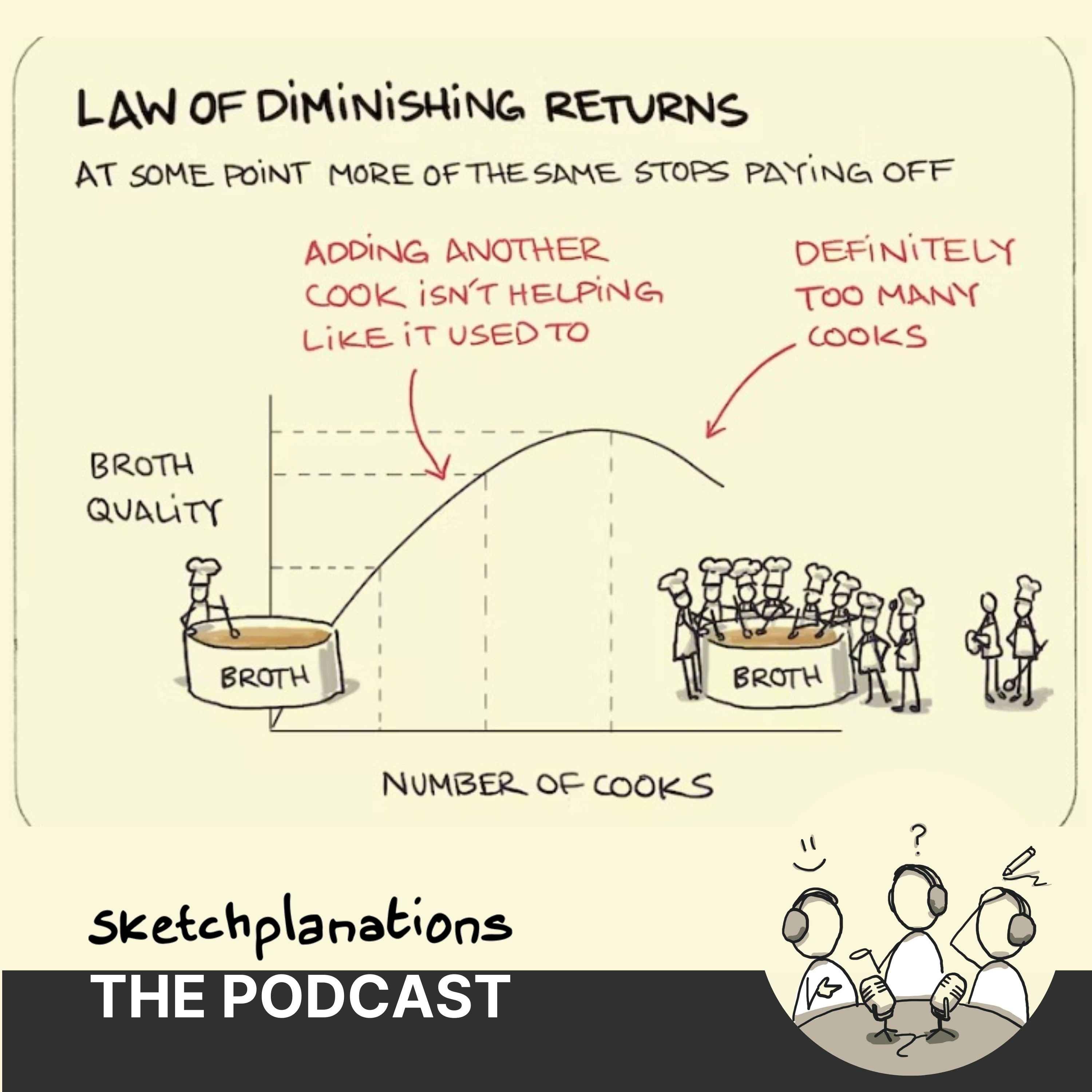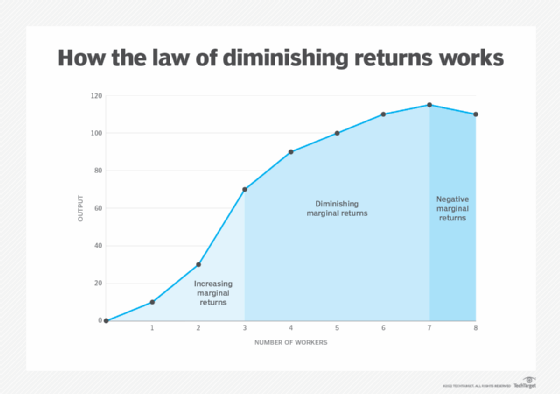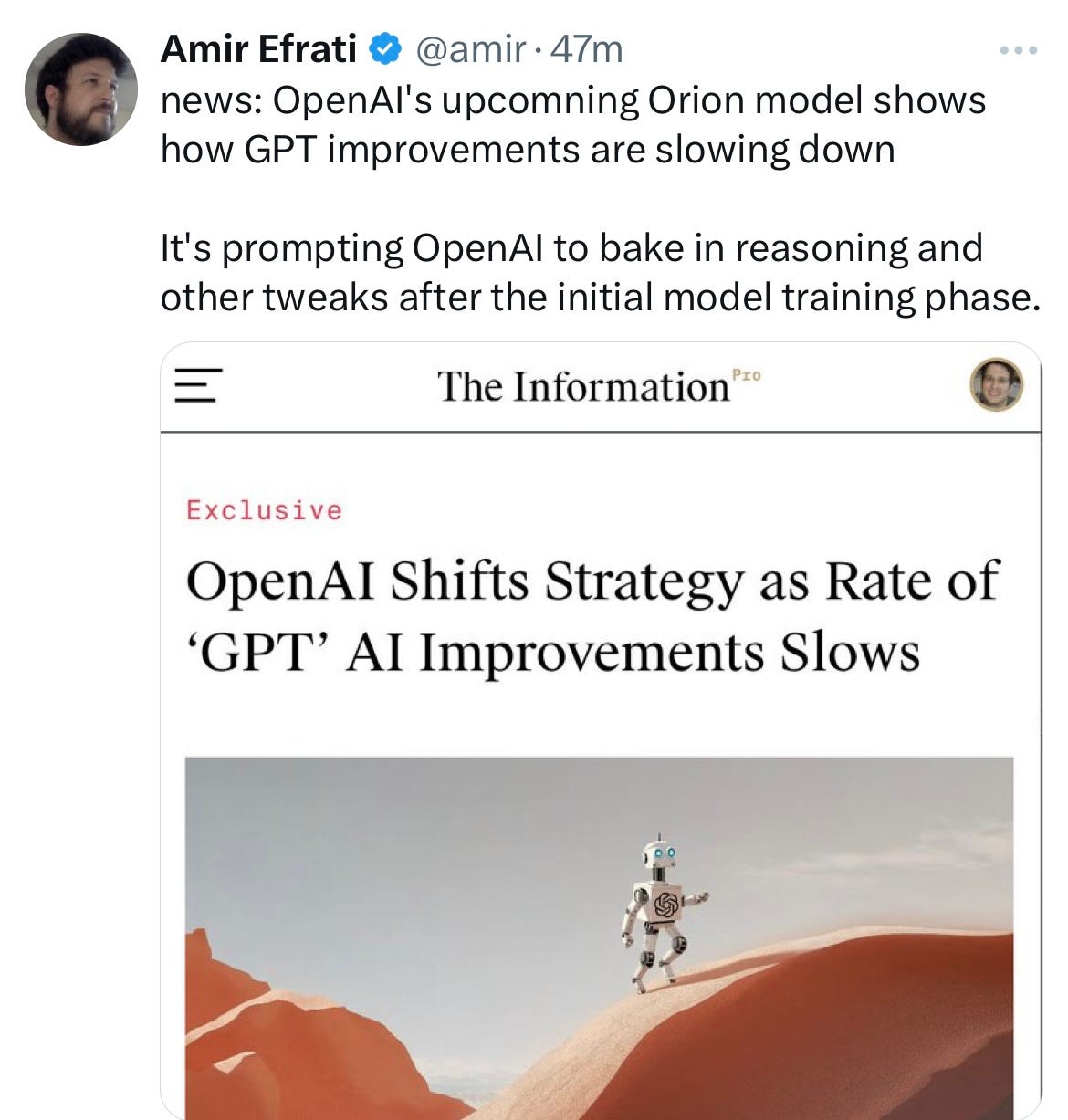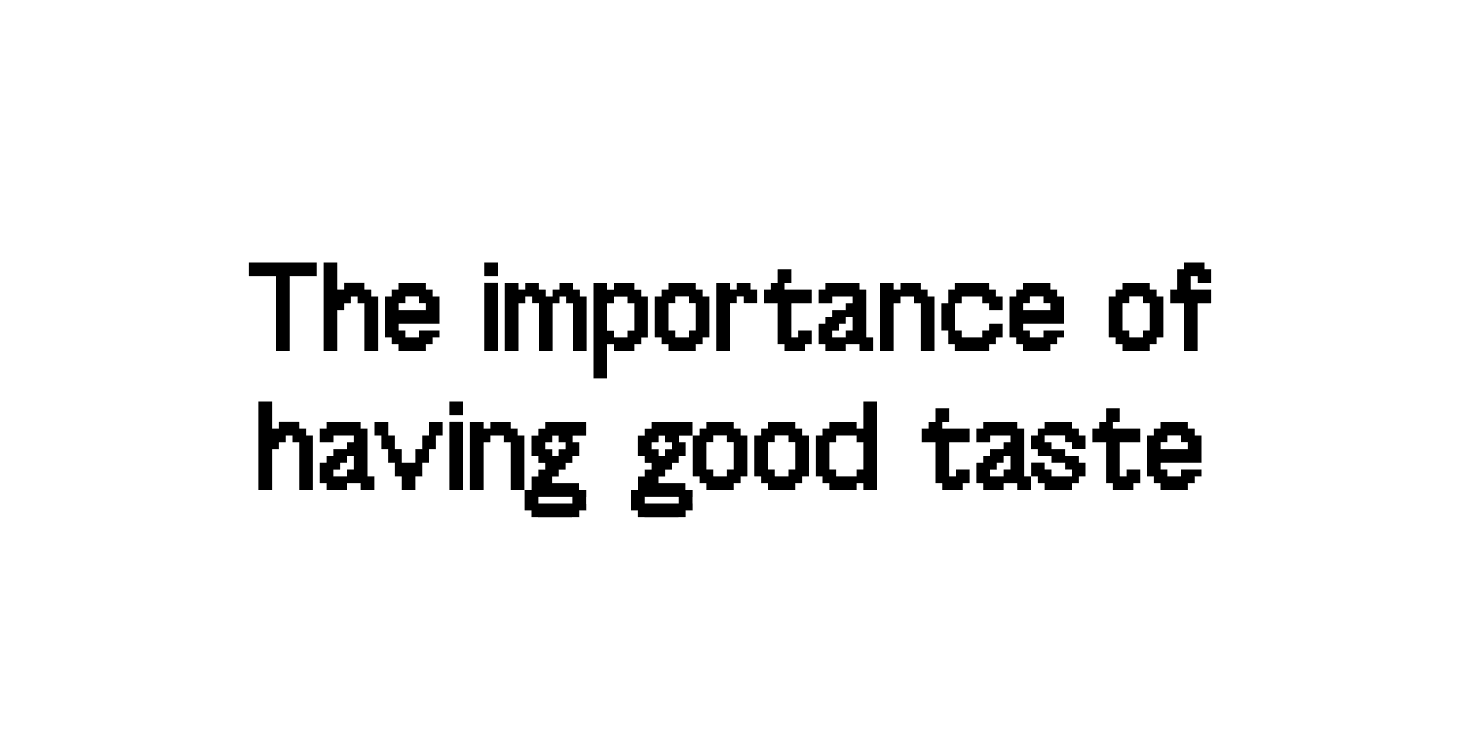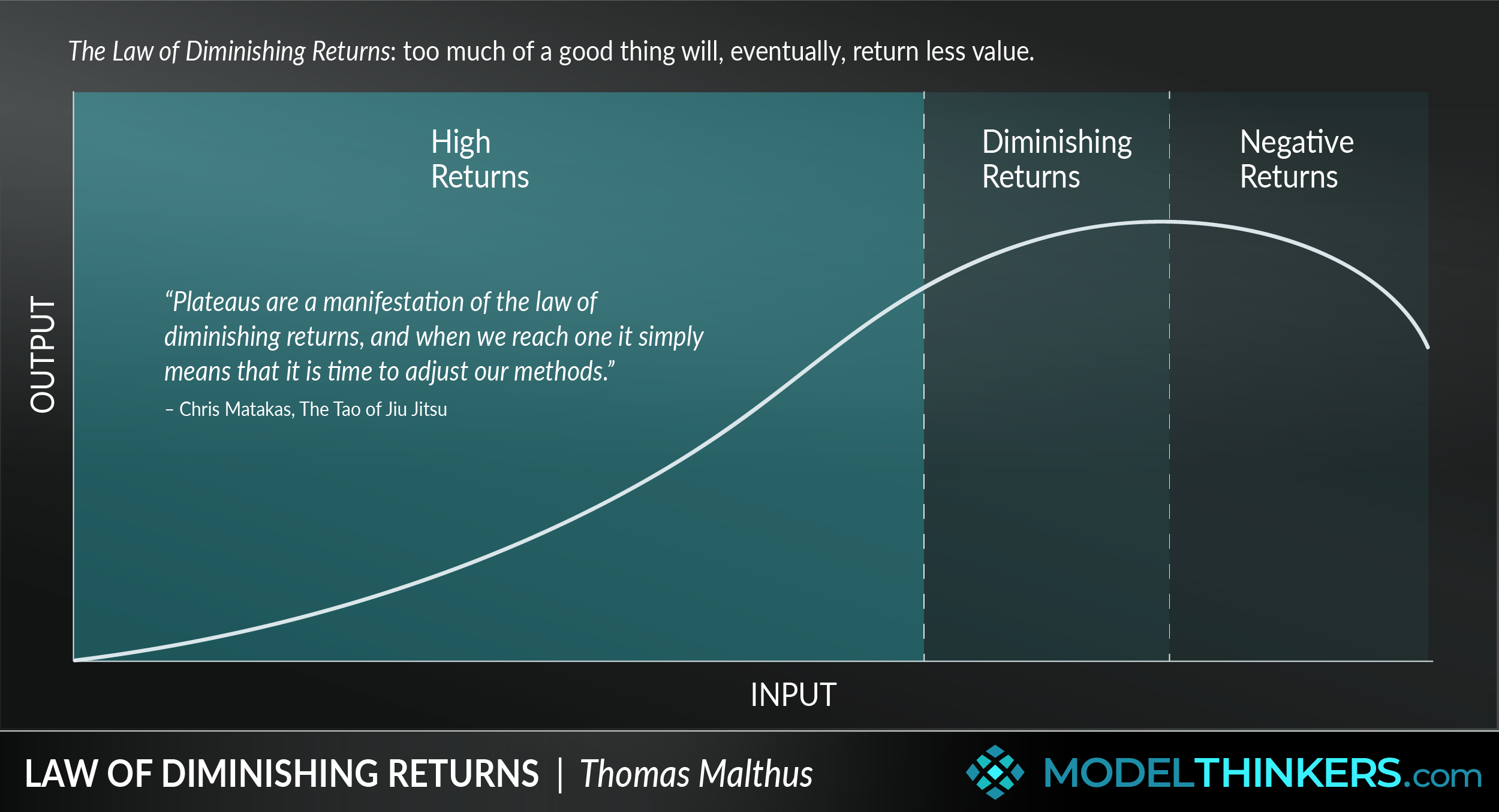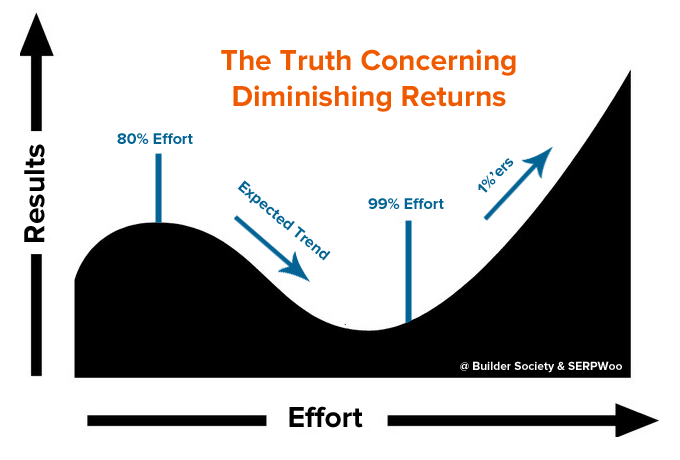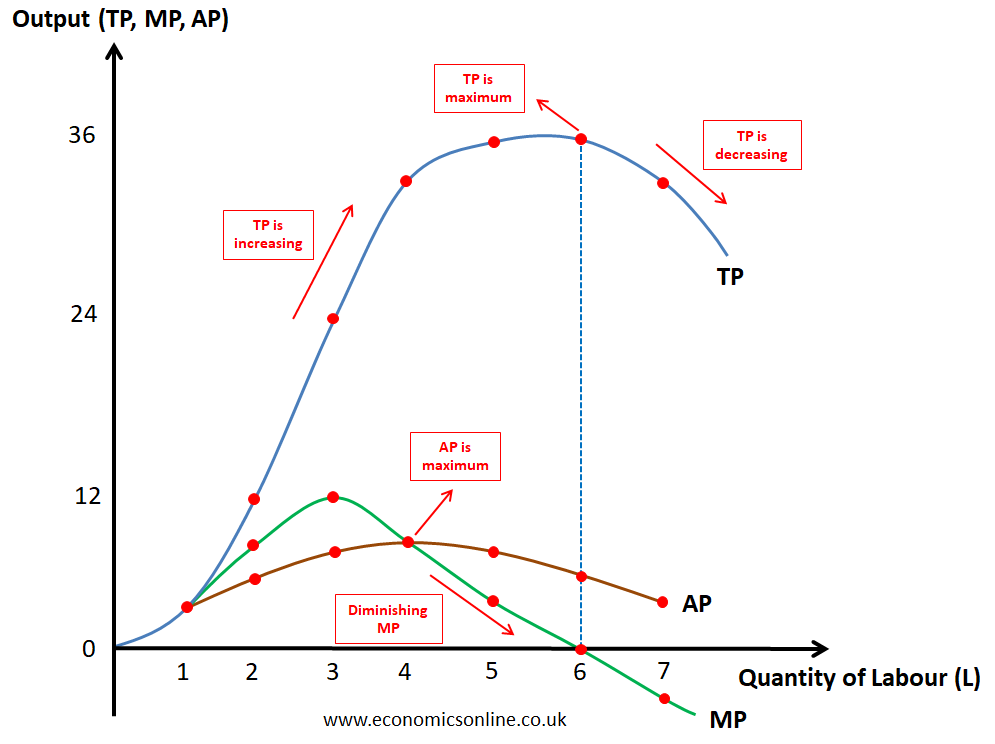The Diminishing Returns Of Having Good Taste

Imagine a sun-drenched patio, the air thick with the scent of rosemary and blooming jasmine. A table is set with hand-thrown pottery, each piece a unique testament to the artisan's skill. A curated playlist of obscure Italian jazz drifts from hidden speakers. The wine, a biodynamic rosé from a small vineyard in Provence, is perfectly chilled. Yet, as you sip, a nagging thought intrudes: is this pursuit of impeccable taste actually enhancing your enjoyment, or has it become a gilded cage?
This feeling – the creeping suspicion that meticulously cultivated taste might be yielding diminishing returns – is a sentiment increasingly shared. In a world saturated with options and relentlessly marketed perfection, the line between genuine appreciation and performative consumption blurs. This article explores how the relentless pursuit of "good taste" can, paradoxically, detract from genuine joy and authentic experience.
The Genesis of Good Taste: A Historical Perspective
The concept of "good taste" is far from new. It has roots in centuries of social stratification and cultural signaling.
Historically, displays of refined taste were primarily the domain of the aristocracy, serving as a marker of distinction and privilege. Think of the elaborate court rituals of the French monarchy, the meticulously landscaped gardens of English estates, or the patronage of Renaissance artists by wealthy Italian families.
These displays were not merely aesthetic preferences; they were deliberate efforts to establish and maintain social hierarchies, communicating belonging and exclusivity. As societies evolved and class structures shifted, the pursuit of good taste became increasingly democratized, albeit in nuanced ways.
The Rise of the Middle Class and Conspicuous Consumption
The Industrial Revolution and the rise of the middle class ushered in an era of conspicuous consumption, a term coined by economist Thorstein Veblen.
Veblen argued that as individuals accumulated wealth, they sought to display their status through the acquisition of goods and services that were not only functional but also extravagant and symbolic. This phenomenon fueled the growth of luxury industries and shaped consumer culture, driving demand for products and experiences that signified "good taste."
Suddenly, owning the "right" furniture, wearing the "right" clothes, and vacationing in the "right" locations became crucial markers of social mobility and belonging.
The Democratization of Taste and the Algorithmic Echo Chamber
The digital age has further democratized taste, granting access to an unprecedented array of information and inspiration.
Blogs, social media platforms, and online marketplaces have empowered individuals to discover niche interests, cultivate unique aesthetics, and connect with like-minded communities. However, this democratization has also created new challenges.
Algorithms, designed to personalize online experiences, often curate content that reinforces existing preferences, creating echo chambers that limit exposure to diverse perspectives and styles. This can lead to a homogenization of taste, where trends are amplified and individuality is suppressed.
The Paradox of Choice: Analysis Paralysis and the Joy Deficit
The abundance of options can be overwhelming, leading to analysis paralysis, a state of mental gridlock caused by the inability to make a decision.
Consider the simple act of choosing a coffee. Once, the options were limited to black, with cream, or with sugar. Now, a single café might offer dozens of beans, brewing methods, and milk alternatives.
The pressure to make the "perfect" choice can detract from the simple pleasure of enjoying a cup of coffee. Furthermore, the constant exposure to aspirational lifestyles and meticulously curated aesthetics can fuel feelings of inadequacy and dissatisfaction.
The Burden of Authenticity and the Illusion of Perfection
The relentless pursuit of good taste often involves a quest for authenticity, a desire to connect with products and experiences that feel genuine and meaningful.
However, the concept of authenticity has become increasingly commodified, with brands marketing their products as "authentic" in an effort to appeal to discerning consumers. This can create a paradoxical situation where the pursuit of authenticity leads to a superficial imitation of genuine experience.
Moreover, the pressure to maintain a perfect aesthetic, whether in one's home, wardrobe, or social media feed, can be exhausting and ultimately detract from the joy of living in the moment. As Sherry Turkle, an MIT professor, observes, "We are tempted to present ourselves as always available, and thus as always late, because we cannot be fully present."
Finding Joy Beyond the Pursuit of Perfection
The key to escaping the diminishing returns of good taste lies in cultivating a more mindful and intentional approach to consumption.
This involves shifting the focus from external validation to internal satisfaction, and prioritizing experiences that bring genuine joy and connection.
Here are some strategies to consider:
- Embrace Imperfection: Allow yourself to make mistakes, to experiment, and to embrace the beauty of imperfection. A chipped teacup or a slightly mismatched outfit can tell a story and add character to your life.
- Cultivate Curiosity: Resist the urge to rely solely on curated recommendations and algorithms. Seek out new experiences and perspectives that challenge your existing tastes.
- Focus on Experiences: Prioritize experiences over possessions. A memorable hike with friends, a spontaneous road trip, or a shared meal with loved ones can provide far more lasting satisfaction than the latest designer handbag.
- Practice Gratitude: Take time to appreciate the simple pleasures in life, from the warmth of the sun on your skin to the taste of a home-cooked meal. Gratitude can help you cultivate a sense of contentment and reduce the desire for more.
Conclusion: Reclaiming Joy in a World of Taste
The pursuit of good taste is not inherently negative. When approached with intention and mindfulness, it can enrich our lives and connect us to beauty and meaning. However, when it becomes a relentless pursuit of perfection, it can lead to diminishing returns, detracting from genuine joy and authentic experience.
By shifting the focus from external validation to internal satisfaction, and by embracing imperfection and cultivating curiosity, we can reclaim joy in a world of taste and find happiness beyond the curated aesthetic.
Ultimately, the truest measure of good taste is not the ability to identify the most fashionable trends or the most expensive wines, but the capacity to find beauty and joy in the everyday moments of life. And that, my friend, is a taste worth cultivating.

